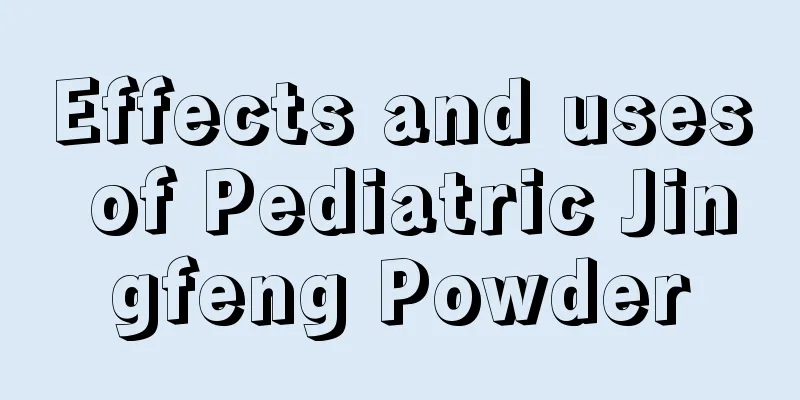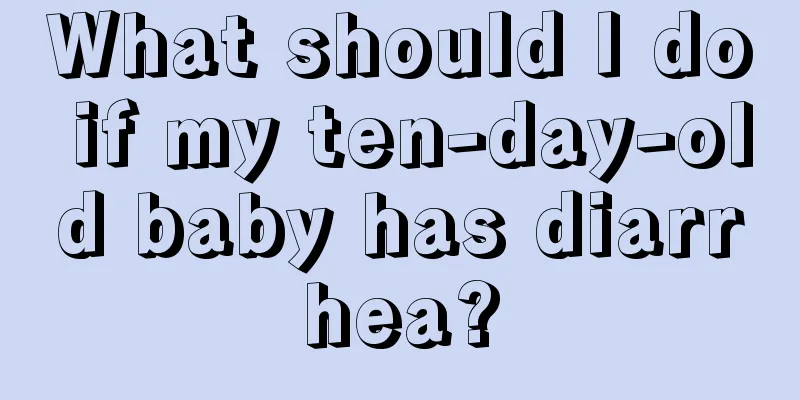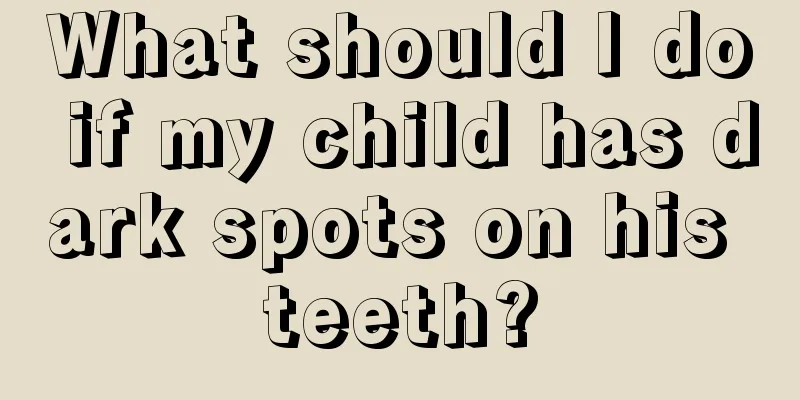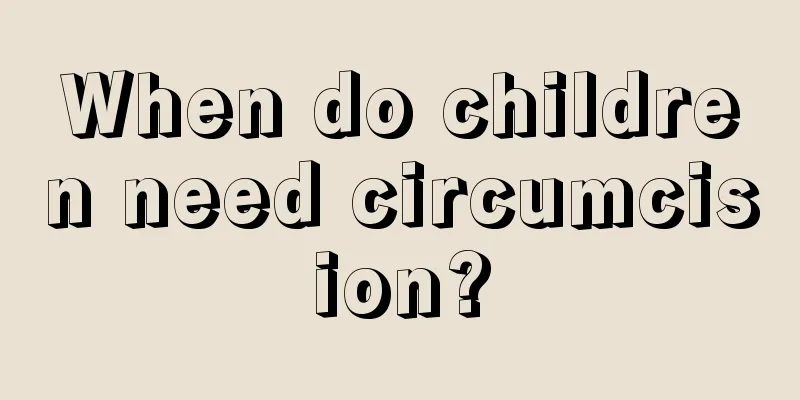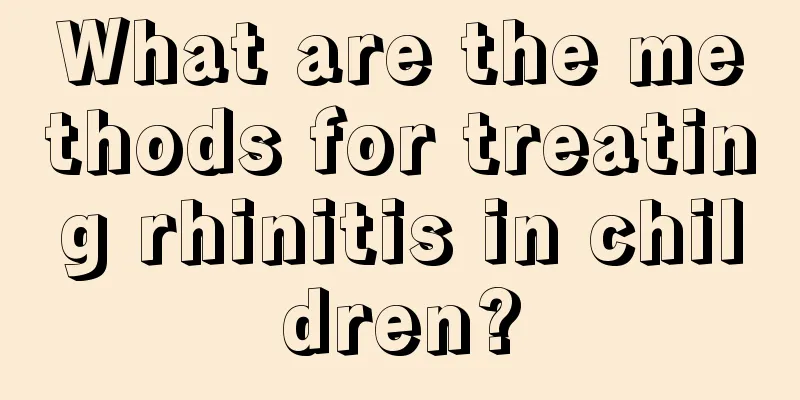Neonatal hypothermia therapy
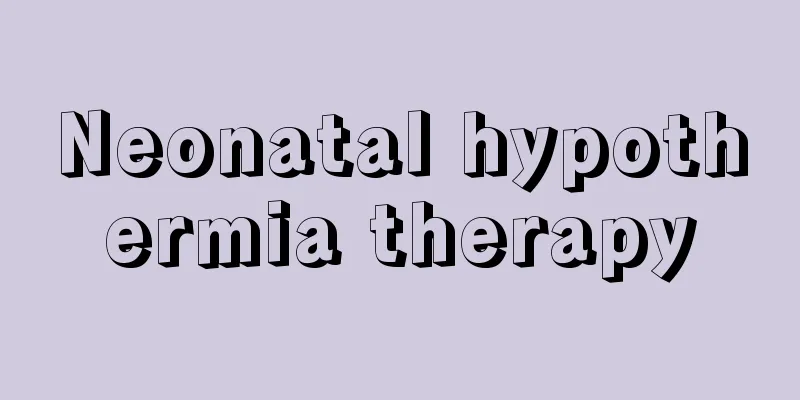
|
Hypothermia therapy is a method that mainly controls body temperature and reduces body temperature through physical methods to achieve the purpose of treating diseases. Mild hypothermia can cause many adverse diseases, such as slower heart rate, lower blood pressure, and even arrhythmia in severe cases. If a newborn has hypoxic-ischemic brain disease or asphyxia at birth, mild hypothermia treatment is usually the best method, and the earlier the treatment, the better. 1. Hypothermia therapy is a method that uses physical methods to lower the patient's body temperature to the desired level to achieve the purpose of treating the disease. Neonatal hypothermia treatment is mainly used to treat brain damage caused by hypoxic-ischemic encephalopathy. This method has a significant protective effect on hypoxic-ischemic brain damage and can greatly reduce the incidence of cerebral palsy. If a baby vomits during hypothermia therapy, it may be caused by the disease itself, indigestion, etc., and clinical examination is needed to confirm the diagnosis. 2.① Mild hypothermia can cause a slow heart rate, lower blood pressure, and be accompanied by electrocardiogram changes. In severe cases, arrhythmias, atrial fibrillation, ventricular fibrillation, etc. may occur. Closely observe vital signs and notify the doctor in time if any abnormality is found, which can correct early electrocardiogram changes. ②The hibernation mixture used has an inhibitory effect on the respiratory center. A ventilator is available at the bedside. Using a ventilator when necessary can help the mild hypothermia treatment proceed smoothly. ③ Rebound hyperthermia is prone to occur during rewarming, and controlling the temperature to rise slowly will help with successful rewarming. ④ Low temperature can cause coagulation dysfunction ⑤ Regular laboratory tests should be performed and symptomatic treatment should be given in a timely manner. Through careful skin care and respiratory care, you can avoid skin cold injuries and reduce respiratory infections. 3. Body temperature is currently an important part of hypothermia treatment monitoring. It is forbidden to have a fluctuating body temperature. The patient's body temperature should be maintained at 32-35°C. Nursing requirements: ① The hibernation mixture should be used in an appropriate amount, and the injection speed and dosage of the hibernation drug pump should be adjusted in time according to the patient's condition to prevent shivering; ② Keep the hypothermia therapy device working normally, maintain the indoor temperature at 18-20°C, and use physical cooling measures when necessary; ③ When nasogastric feeding is required, the food temperature should be 30-32°C or should not exceed the body temperature at that time. If the body temperature continues to drop and is difficult to maintain, it often indicates that the patient is in critical condition and has a poor prognosis. 4. Hypothermia therapy is a physical method that reduces the patient's body temperature to the desired level to achieve the treatment goal. If a newborn develops hypoxic-ischemic encephalopathy or neonatal asphyxia, etc., mild hypothermia treatment can be used, the sooner the better. 5. If a newborn suffers from neonatal asphyxia, mild hypothermia treatment should be applied early, the earlier the better, and the temperature should be lowered quickly. The treatment lasts about 72 hours. Mild hypothermia therapy (lowering brain temperature by 2-4°C) has a significant protective effect on hypoxic-ischemic brain damage. Contraindications to hypothermia therapy include anal atresia, head trauma or skull fracture leading to massive intracranial hemorrhage, and birth weight less than 1800g. |
<<: When should newborns take vitamin D?
>>: Effects of antibiotics on newborns
Recommend
Can babies eat Codonopsis?
Codonopsis is a kind of food with health care eff...
How to treat constipation in a five-year-old child
If a five-year-old child is constipated, parents ...
How to change the bad habit of picking nose in children
Children sometimes have some bad habits. The most...
High thyroid stimulating hormone in children
Thyroid disease is a very common endocrine diseas...
Early symptoms of chickenpox in children
As children grow up, they are easily invaded by b...
How can I make the umbilical cord fall off quickly?
We all know that the connection channel between t...
What are some quick-acting remedies for newborn nasal congestion?
It is quite common for newborns to have symptoms ...
The child keeps sniffing his nose
If parents find that their children are always sn...
What are the benefits of skipping rope for primary school students?
Rope skipping is a very simple and convenient spo...
How much does a four-month-old baby eat?
At four months old, the baby's appetite start...
The harm of binding the hands and feet of newborns
In the past, when ideas and technology were relat...
Can newborns use pillows?
Sleep is the most important part of a newborn'...
What should I do if my child’s skin is itchy? This will be more effective!
If the baby's skin is itchy, they will scratc...
The harm of children's fear psychology and the correction methods of children's fear psychology
Mental health directly affects a child's life...
What is the reason why children have dark skin?
Children's skin is generally white and tender...
